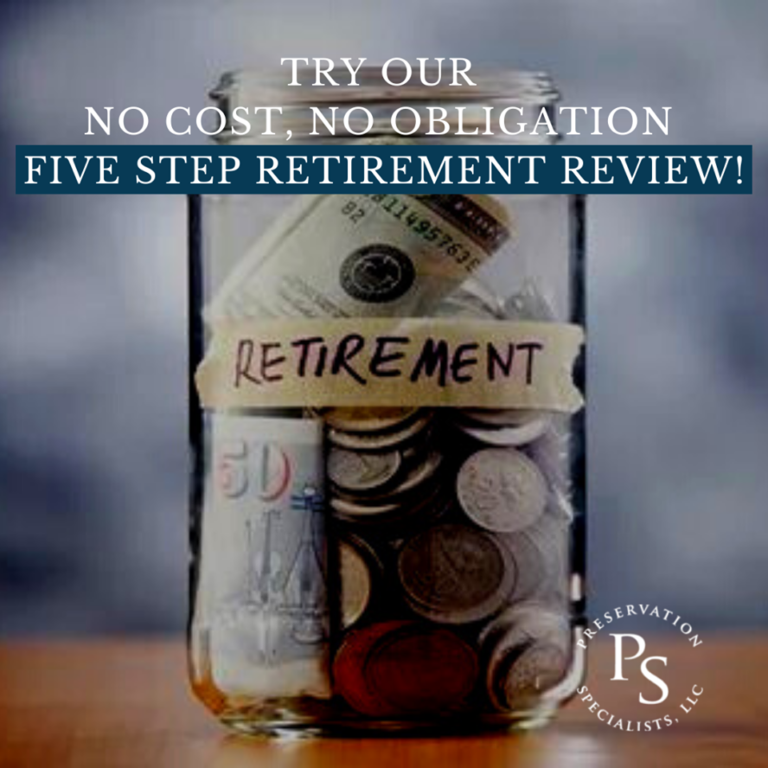Retirement Withdrawal Strategies

As hard as retirement saving and investing may seem, that’s the easy part. The real challenge is figuring out how to make your accumulated savings last throughout your and your spouse’s retirements. You need a financial strategy, and it’s best to have that strategy developed before retirement begins. Here is what you need to konw about retirement strategies.
Because life expectancy is longer these days, many retirees need to maintain a growth component in their investment portfolio during retirement. That adds an extra challenge to your investment distribution strategy. The goals for drawing down funds include minimizing market risk to an equity allocation, coping with variable income that may be impacted by market returns, minimizing taxes, and supporting an increase in income needs associated with late-stage medical and long term care. It’s important to understand how these goals and needs interact to customize a retirement distribution strategy, and our financial advisors can help you with that. Contact us to learn more.
Given that an investment portfolio may need to keep growing even after you retire, it’s important to consider “sequence of returns” risk. This basically means that if you retire around the time of a significant market decline, you can greatly deplete the principal from which you draw retirement income throughout the long term, subsequently having to reduce your retirement lifestyle or risk running out of money. To combat this risk, retirees should remain flexible. For example, continue to work past your planned retirement date if the market has a setback, or even re-enter the workforce post-retirement to help supplement your income and give investments time recover.
Once you retire, you can set up a systematic withdrawal plan if you need to supplement your regular household income. If your retirement plan indicates you’ll need more money at different stages, consider the bucket strategy, wherein you allocate certain investments (“buckets”) for different stages so you have new assets to tap as you age. This strategy may also enable you to retain a more aggressive equity allocation in buckets you plan to tap later.
To help minimize taxes in a retirement portfolio, alternatives could be to first withdraw from taxable assets (e.g., brokerage account), then tax-deferred plans (e.g., 401(k) and traditional IRA) and finally tax-free assets (e.g., Roth IRA). This approach gives your tax-advantaged accounts more time to grow tax-deferred. By planning to tap tax-free assets last, there’s a better chance of leaving tax-free income for your heirs.
However, it’s important to tailor your draw-down financial strategy for your personal circumstances, taking into account your retirement tax bracket. For example, a moderate-income household with multiple account types may want to draw a combination of tax-free, taxable and tax-deferred assets from the beginning to stay within a lower marginal tax bracket.
It’s also important to consider the best time to start receiving Social Security benefits. Here, too, conventional wisdom recommends delaying as long as possible; preferably to age 70 for maximum accrual. Wayne Pfau, co-director of the New York Life Center for Retirement Income, would like to see the Social Security Administration extend the age to which additional delayed retirement credits (8% a year starting at full retirement age) accrue on benefits until age 72. This would be an effective way to encourage people to work longer and reward them for doing so. Even if they don’t work longer, investors can draw down income from their taxable accounts to reduce the value of their employer accounts and IRAs. Then, when they do begin drawing their larger Social Security benefit for life, they also benefit from lower required minimum distributions (RMD) to help them stay in a lower income tax bracket.
The key in creating a retirement withdrawal strategy is to customize a retirement distribution strategy for each household’s situation, taking into consideration factors such as health and life expectancy (of both spouses), retirement income needs, where assets are invested, tax bracket management and what assets are best positioned for an inheritance.
Having a retirement withdrawal strategy can help you have peace of mind during retirement as well as coming up with a comprehensive financial plan. Consult any of our financial advisors to know more about what kind of retiremnt withdrawal strategy suits you.
Our financial advisors are based in Columbia, SC. Find out more information here.
Learn more about your current financial status and how you can achieve your retirement goals with our ‘No Obligation, No Cost’ Five Step Retirement Review.
Our financial planners have wide knowledge in South Carolina Retirement System as well as experience in retirement planning. sc tax rebate, etc. Contact us today!

Ready to Take The Next Step?
For more information about any of the products and services listed here, schedule a meeting today or register to attend a seminar.